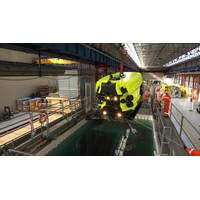
MTR100: Five "Ones to Watch"
radius of 300m), but also travel distances between subsea fields, untethered, like an AUV, and both either from a seabed garage or a surface deployed system on a mission basis but also able to recharge subsea, Stefano Meggio, Subsea Robotics Technical Manager at Saipem told the energy: connected (aka Subsea Valley) conference in Oslo earlier this year. Rated to 3,000m, it could operate for 8-10 hours without a tether, and out to 10km, when it’s returning to the same base, or 20km, if it’s transiting to another base.Saipem is also developing a range of HyTool skids, suitable for all its vehicles

Robotics: The Next Gen in Subsea Vehicles
to enter the underwater domain is growing fast. The concepts vary, from underwater autonomous motherships able to carry an array of payloads over long distances to swarms of drop deployed ocean bottom nodes that can find their way to pre-programmed locations.At energy:connected, as the Oslo-based Subsea Valley cluster and annual conference is now called, some of these concepts were outlined, including those from two Norwegian technology firms and Germany’s Thyssenkrupp, a firm more used to designing naval submarine systems. uSEA unveils uLARSOne, Norwegian technology start-up uSEA, is proposing
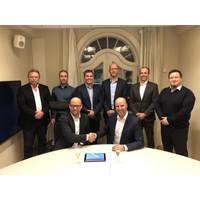
Optime Subsea Bags Long-term Deal with Aker BP
the industry. There is now a field proven system that considerably reduces the time, personnel, space and cost compared to other existing solutions.”Optime Subsea first announced SCILS as a system to help optimize the future of well access operations during the Norwegian oil and gas conference, Subsea Valley, in 2017. At the same conference the following year, SCILS was revealed as a solution to the industry’s demand in solving today’s and future need for safer, simpler and more cost efficient operations. In 2019 the SCILS will the be in operation.Carlsen said, “For us, innovation
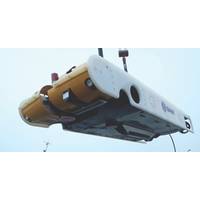
Unmanned Vehicles May Soon Take Up Residency Subsea
at excursion ranges of up to 12km and can operate much further in AUV mode, without the fiber cable.For autonomous operations, Sabertooth is fitted with sensor reactive control and enhanced navigation capabilities, says Peter Erkers, sales director, underwater systems, during the Subsea Valley conference in Oslo in March. These capabilities, including autonomous docking, got Sabertooth on Italian oil firm Eni’s Clean Sea project, a subsea monitoring system covering oil spill detection, pre-planned surveys along flowlines and pipelines, and inspection of subsea production systems
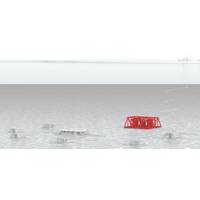
Powering the Seafloor: Put a Socket in It
complex umbilical, smaller and lighter subsea modules, improved health, safety and environment, and simplified testing through removal of pressurised equipment,” says Vidar Strand, senior sales operations manager, technology and solutions center for oil and gas at BHGE. Strand, speaking at the Subsea Valley conference in Oslo in March, cites a 10-20 percent typical lifecycle cost saving, from going all electric, with 25 percent in some cases.Who is Doing What?Moving power electronics subsea is no easy task. Nevertheless, companies including ABB, Siemens and Baker Hughes, a GE Company (BHGE), are
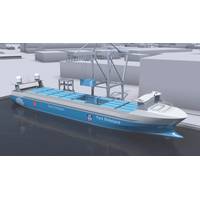
Ocean Autonomy: Norway to the Fore
while these deployments meant the vehicles were autonomous in that they no longer needed a support vessel, they were still tethered and operated by staff onshore.The next step will be vehicles that can operate without a tether, such as Oceaneering’s new Freedom concept, which it unveiled at the Subsea Valley Conference in Oslo. It’s a resident ROV concept, based on a hybrid vehicle, that would live in a subsea docking station and be able to fly out on missions in either tethered (remote operated) or untethered (autonomous) mode. It would have onboard batteries that would be recharged at its
Optime Presents New Tree Control and Intervention System
At Subsea Valley 2017, Jan-Fredrik Carlsen, CEO of the Notodden based Norwegian company Optime Subsea, promised to revolutionize the intervention and controls segment of the subsea oil and gas industry through a new and disruptive technology. A year later at Subsea Valley 2018, Optime’s Subsea Controls and Intervention Light System (SCILS) was presented. "Our intent is not to be disruptive for the sake of being disruptive, but support the industry’s progress in providing cost reducing tecnology," Carlsen said. "I believe our SCILS demonstrates this. We identified an
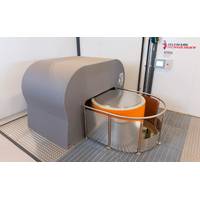
Nautilus Orders Hyperbaric Testing System
of a new hyperbaric testing system simulating hydrostatic pressures found at water depths up to 13,000 meters. The 19,000-psi hyperbaric pressure vessel will be manufactured by Optime Subsea in Notodden, Norway, located in the Norwegian subsea oil and gas cluster known as “Subsea Valley”. The hyperbaric testing chamber will have a diameter of 700 mm and a height of 1,400 mm. It will be delivered and installed at Nautilus’ newly upgraded facility in Q3 of 2017. The contract value is undisclosed. Steffen Pausch, Managing Director of Nautilus
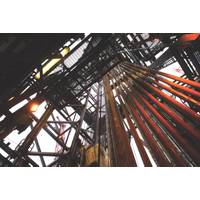
Norway's Rising Subsea Stars
place atop the wellhead or x-mas tree. Trial analysis included seabed compression and casing studies, and (judging by the PowerPoint) fatigue life or “allowable days of drilling (completions or re-entry)” increased (with the WLR) by from 50 to 5,000 days! DNV GL It was at Subsea Valley in April 2016, that a DNV GL wells expert revealed that new, “alternate” plug and abandonment strictures were on the way. The new recommended practice is based on a risk-based abandonment assessment. Norway is part of a $5 billion well P&A market, a source told



 February 2024
February 2024





